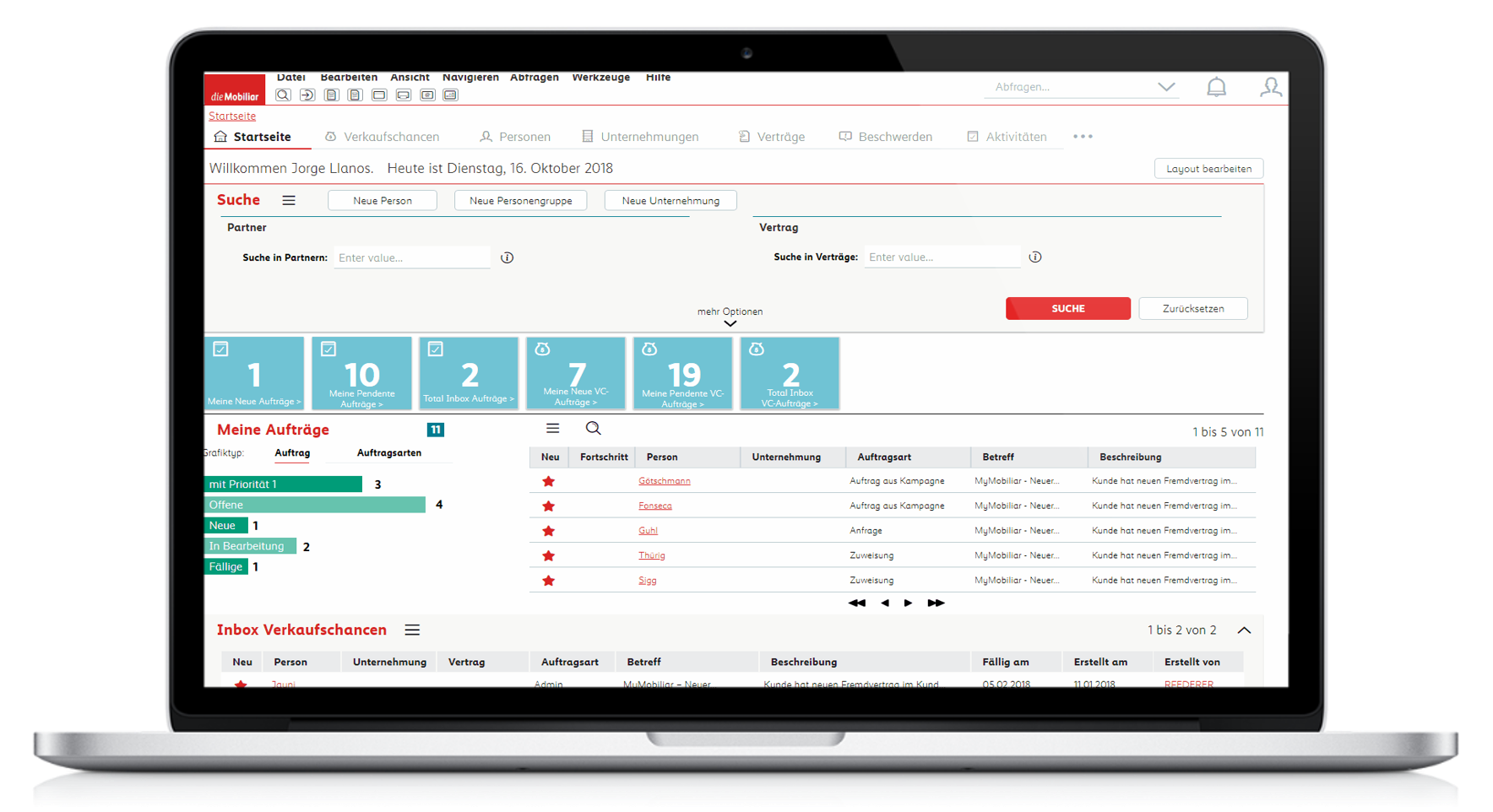Past Event: Nov 09, 2023
Retrouvez Boxfusion Consulting lors de l’événement Oracle Applications Unlimited Days, en France
1 min read

Author: Chris Trueman
4 min read
In this first of two blog posts, we explore four key strategic options available that enable innovation in a Siebel architecture, balanced against different levels of cost and risk.
The pressure on the front office to change and evolve is greater than ever before. In maturing markets, excellence in customer service - or more widely, in Customer Experience - has become a key differentiator. In new markets, agility and speed of product introduction and support is critical.
And so businesses look for the tools that will support them in these goals, and that in turn puts pressure on CIOs. This is especially true for those with Siebel in their architecture.
Over the last decade, Cloud-based options promising that modern customer experience, better business agility and ostensibly lower cost have diminished the Siebel install base. Today, all vendors - including Oracle - are lining up to promise Cloud as the inevitable panacea for all front-office challenges.
For those CIOs with Siebel in their estate therefore, the pressure is on...yet most will be (rightly) deeply concerned at the thought of a risky, lengthy rip-and-replace of Siebel in exchange for Cloud applications.
And what of the Siebel product itself - has it stood still? Despite the rhetoric, not quite. Get beneath the noise, and one finds that organisations can take advantage of a much improved UI, an architecture that is “Cloud-ready”, and the ability to plug into Oracle’s many Cloud-based services such as Internet-of-Things.
In this short article, I will take a look at the four viable strategies available today for Siebel-owning organisations who want to drive improvements and innovation in Customer Experience.
Under this option, CIOs can leverage the newer innovations present in Siebel to drive immediate value, in timeframes as low as 3 months.
This is no illusion - Siebel has had significant investment since 2012, yet many are unaware of the innovation now baked in.
There are several themes for driving value from Siebel, but the one we have seen customers have most measurable success with is Siebel UX transformation.

Siebel’s traditional User Interface does not drive process efficiency. However, the relatively new Siebel Open UI layer, along with the application of UX techniques, enables the UI to be re-centred around an organisation’s unique processes.
The results of this work can be impressive - a 70% reduction in clicks and time to complete key processes compared to previously – and often with increased agility to support new products and services.
For customers whose CX pain points are in the existing sales and service processes, the low risk, low cost and high impact nature of this option is compelling.
A global telecoms organisation used Siebel on tablets in its retail stores. Following Siebel UX transformation, the time-to-serve customers for one particular key process dropped from 8 minutes down to 1.5 minutes, and on average it reduced its processes by more than 70%.

The Swiss insurer Die Mobiliar had exposed a Siebel Partner Portal to its partner organisations. Following Siebel UX transformation, key processes were reduced by 73%.
Under this model, the CIO can seek to leverage complementary Cloud-based services to take advantage of newer CX innovations, while leaving the existing Siebel footprint unchanged.
This can see significant new CX functionality added in timeframes of less than 6 months.

Examples of extending Siebel with Cloud to improve CX include:

For those in particular industries, and with the relevant use cases, this approach can be transformative - yet still comes in at a relatively low cost, risk and time.
A leading higher education provider utilises Siebel as the backbone for all of their student data management.
When the need for a web portal and knowledge base was identified, the customer elected to deliver this by extending the architecture with Oracle Service Cloud. This solution added powerful features around knowledge management to the architecture, yet was able to be implemented extremely quickly.
This is the first of two blog posts that explores the key options available to owners of Siebel, to move forward with CX improvements and innovation at differing levels of risk, cost and time.
Look out for the second in the series, coming next week, where we'll explore the two final options that enable an increased level of CX transformation.
1 min read
5 min read
5 min read